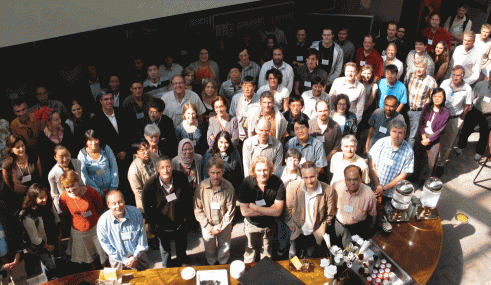Center Green Campus, NCAR, Boulder, Colorado, USA
Monday, 20 September, 2010 - Thursday, 23 September, 2010
Overview
The workshop consisted of invited plenary speakers and contributed talks and posters. The invited speakers were asked to review and encourage the discussion of the current state of research related to a particular topic with candid and critical comments. Session Chairs led end of session discussions assessing community consensus and future coordinated directions. The workshop culminated in a final summary discussion on what could be achieved by a joint effort, whether the community could develop a common framework in decadal variability, predictability and prediction research.















